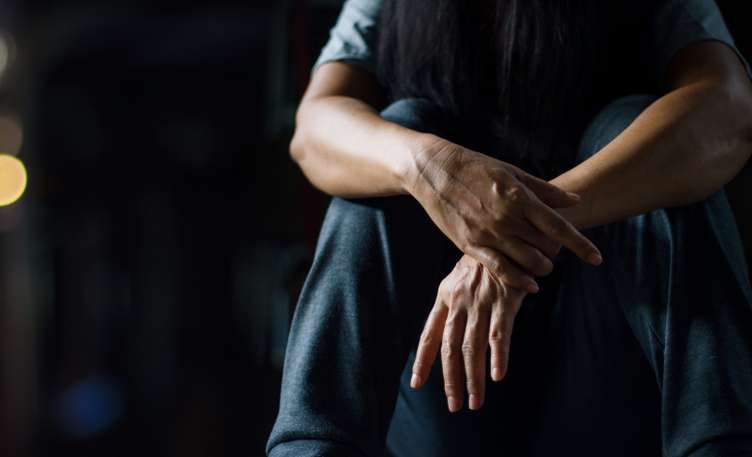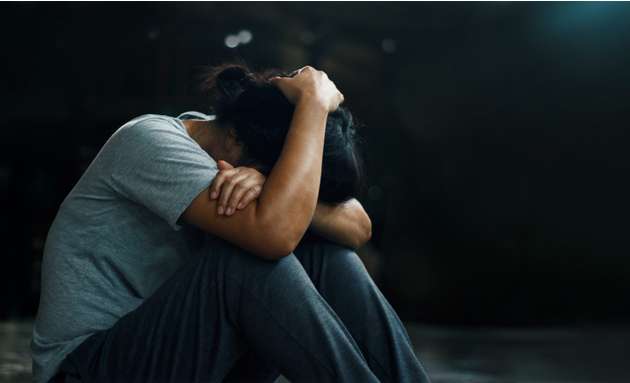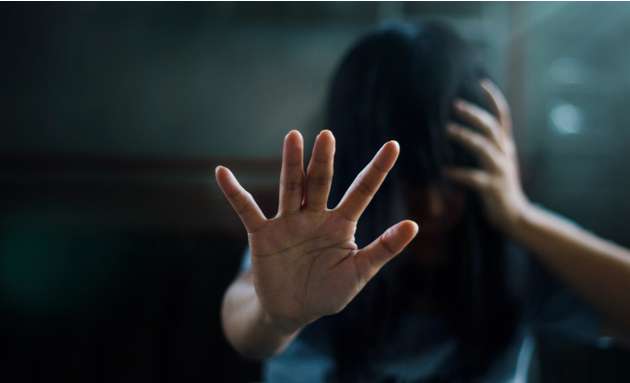PTSD Can Happen To Anyone - 8 Things You Need To Know

Post-traumatic Stress Disorder (PTSD) has gained currency across the world in the context of increased awareness as a disease affecting soldiers and war veterans. But the fact is that PTSD can happen to anyone who has faced or witnessed a traumatic event.
1. What Is PTSD?

As the name suggests, PTSD is a type of stress disorder that can manifest in the aftermath of a traumatic event. It could manifest due to an event that one has personally faced or has watched someone else go through. The trauma could have happened in childhood or as an adult but it is a situation that made one feel overwhelming fear, helplessness or horror.
2. What Can Cause PTSD?
PTSD can happen due to any event that can cause trauma to a person. Here are some common triggers:
- Violence-based incidents: From a car accident to domestic violence; community violence like riots to and an act of crime like shooting, these images inspire primal fear among most people and the trauma can last a lifetime.
- Abuse or Injury: Sexual abuse, bullying as well as near-death experiences can leave deep impressions, especially if they happen in one’s formative years.
- Sudden Loss: Losing a close family member or friend can be a PTSD trigger for some people.
- Environmental Incidents: Floods, earthquakes - natural disasters can leave one with a sense of helplessness and loss.
3. Who Can Get PTSD?

Not everyone who suffers a traumatic incident will suffer from PTSD. A person’s temperament, family history or genetic factors can all play a part in one’s chances of getting PTSD. Other factors like stage of life are also important - how a child processes a situation can vastly differ from that of an adult. Children also pick cues from parents if the event is a shared experience.
4. What Are the Common Symptoms of PTSD?
There are 5 key ways in which PTSD plays out - Avoidance, Re-experience, Rumination, Hyper Arousal and Emotional Numbing. Here’s what each stage means.
- Avoidance: This form will involve strictly avoiding any discussion, people or situations that can trigger memory of that event or its time frame. Such people will generally react to any triggers by suppressing all memories of the traumatic event.
- Re-experience: This can include flashbacks, hallucinations, nightmares and sensory evocations like specific sight, sound or smells, that make a person relive the experience.
- Rumination: There is a component of guilt associated with the event here, where a person questions causality and their involvement in causing it. This builds a negative loop in the mind of the person.
- Hyper or Increased Arousal: Exaggerated emotions and reactions mark this set of symptoms. Paranoia, hypervigilance, excessive need to control, irritability and difficulty in focussing on mundane things also is common.
- Emotional Numbing: A sharp contrast to people with increased arousal, some people might also exhibit a tendency to be detached from other people as well as from “positive emotions” like happiness, pleasure or satisfaction.
5. How Serious Is PTSD?

PTSD can drastically reconfigure a person’s interactions with the world. Survivors of domestic violence, for example, can have a natural mistrust for other members of the offending sex.
The intensity of a PTSD triggering event can, therefore, determine the intensity of PTSD’s impact. People suffering from PTSD can spend years being severely despondent and anxious as well as be vulnerable to serious mental health issues like depression or have suicidal tendencies.
6. What Does PTSD Treatment Involve?
The severity of trauma can dictate the timeline of recovery in cases of PTSD. It can involve rounds of therapy and medications like antidepressants.
Friends and family should be sensitive to the point that recovery from PTSD is a gradual process. While its symptoms may come and go, certain visual and aural stimuli (like the sound of a car backfiring) can trigger PTSD symptoms in certain cases. It is important to Accept it, record it and report it to make the treatment more successful.
7. Are PTSD Symptoms Different For Children?

PTSD , in very young children (who are still not able to express themselves fully) can manifest itself through symptoms like bed-wetting, communication difficulties, being overdependent on their adult guardians. Children with PTSD are also likely to describe the traumatic event in the form of drawings.
Teenagers, on the other hand, are more likely to display signs similar to adults but might have an increased penchant for impulsive behaviour, panic attacks, depression and self-harm.
8. What If a Person Experiences More Than One PTSD-causing Event?
A prolonged event or a series of events will have more enduring and extreme symptoms in a person, which are as of now being studied under an associated disorder called Complex PTSD (C-PTSD). Chronic violence, abuse, neglect and hostage situations are some of the scenarios that can build C-PTSD and it requires deeper therapy and time for treatment.






